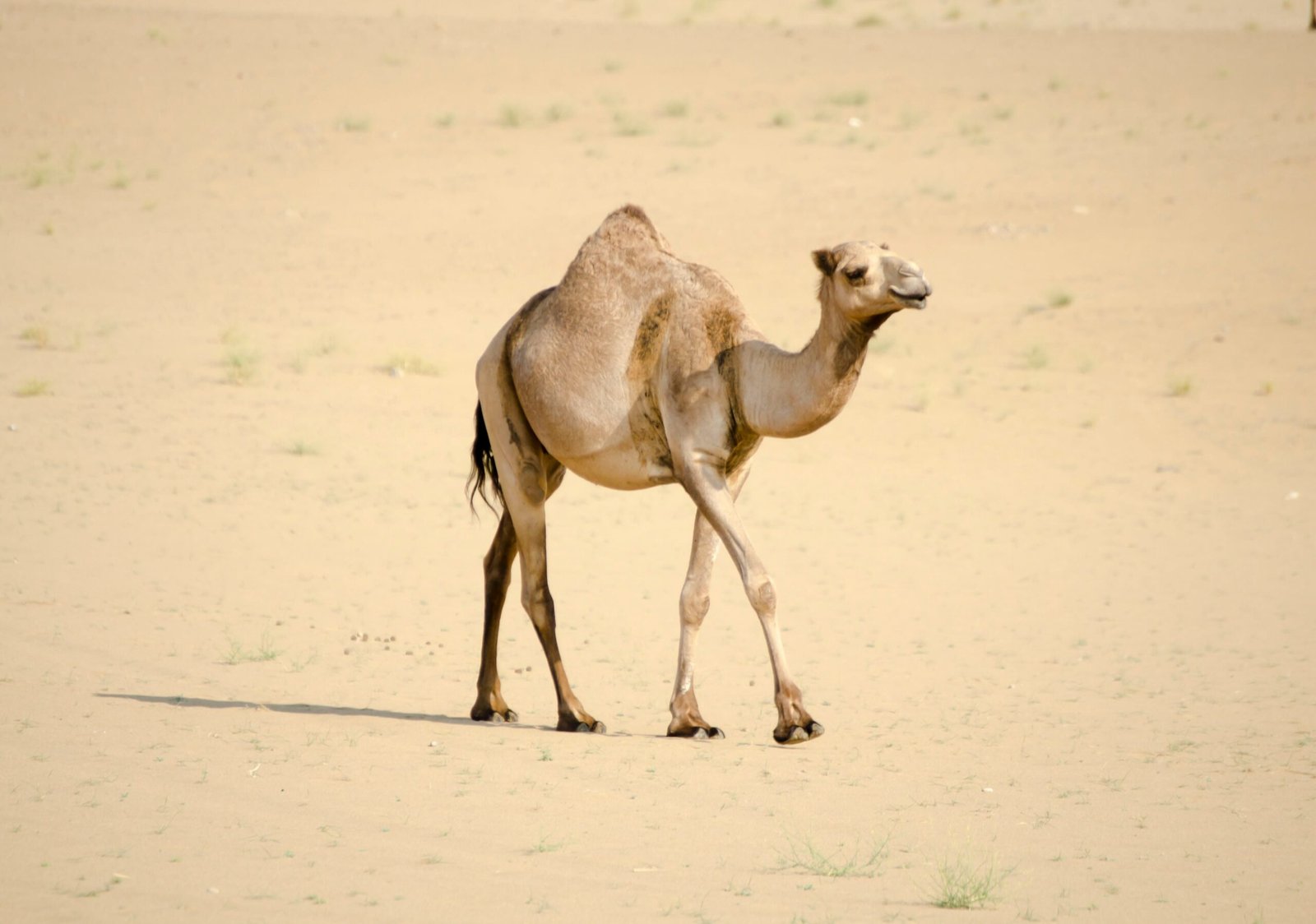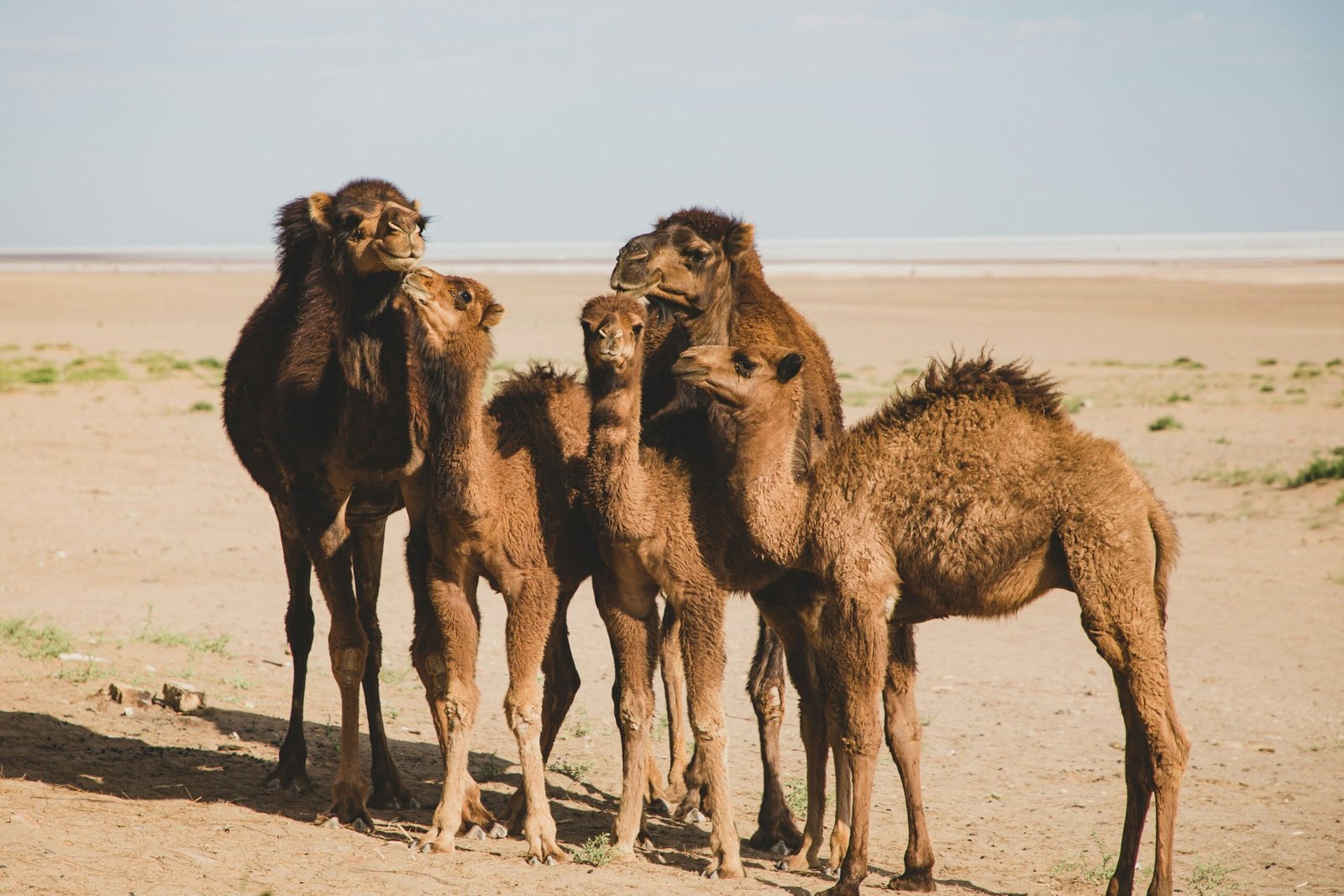Introduction
When we think of camels, their humps are often the first thing that comes to mind. These distinctive features are not just interesting physical characteristics; they are essential for the camel’s survival. Camels are known for their endurance and adaptability, largely due to these unique humps.
Humps are not just decorative; they serve a vital purpose in the harsh environments where camels live. Their significance is emphasized by the fact that without them, camels would not be able to survive and thrive in some of the world’s most challenging conditions.
The Anatomy of Camel Humps
Camel humps are large, fatty structures that protrude from the camel’s back. The size and number of humps can vary depending on the species of camel, with dromedary camels having one hump and Bactrian camels possessing two.
Contrary to popular belief, camel humps are not filled with water. Instead, they are primarily composed of fat, which can make up to 80% of their content. This fat serves as a valuable source of energy for the camel, especially during periods of food scarcity.
Function of Camel Humps
Storage of Fat
One of the main functions of camel humps is to serve as reservoirs for fat storage. When food is abundant, camels consume large quantities, converting excess calories into fat that is stored in their humps. This stored fat can later be metabolized to provide energy during times of food scarcity.
The ability to store fat in their humps gives camels a remarkable advantage for survival in their harsh natural habitats. It allows them to go for extended periods without food, utilizing the stored fat as a source of energy when food is scarce.
Water Conservation
Although it is commonly believed that camel humps store water, camels actually possess an impressive ability to conserve water. They achieve this by minimizing perspiration and excretion, and their bodies can withstand significant levels of dehydration.
The fat in camel humps also contributes to water conservation. When metabolized, fat produces water as a byproduct. This metabolic water can supplement the camel’s water needs, particularly during dry periods.
Thermoregulation
Camels are ultimate survivors in the desert. Their humps aid in their ability to withstand extreme temperatures and scarcity of food. The concentration of fat in the humps, separate from the rest of the body, helps minimize heat insulation, allowing camels to stay cooler in the scorching desert heat.
Furthermore, the humps act as thermal insulation during colder desert nights, preventing excessive heat loss from the camel’s body. This adaptation enables them to maintain a stable body temperature in fluctuating desert climates.
Evolutionary History
Camels did not always possess the humps we associate with them today. Their ancestors were humpless and lived in North America. Over millions of years of evolution, humps emerged as a successful adaptation to desert life.
The development of humps provided camels with a significant advantage for survival. It allowed them to thrive in environments where few other large mammals could endure, making them one of nature’s most iconic examples of adaptation.
Common Misconceptions about Camel Humps
Despite their fame, camel humps are widely misunderstood. The most prevalent misconception is that they store water. In reality, the humps store fat, which can be converted into energy and even water.
Another misconception is that camels store food in their humps. While the humps do store energy in the form of fat, they do not store food. Camels, like all mammals, digest their food in their stomachs.
Conclusion
Camel humps are a remarkable adaptation to life in harsh desert environments. They store fat, which provides energy and contributes to water conservation, allowing camels to survive in conditions that would be lethal to many other animals.
In conclusion, camel humps are more than just an iconic feature; they are a testament to the power of evolution and the camel’s incredible endurance and adaptability. These humps have allowed camels to thrive in some of the world’s most extreme and unforgiving landscapes.











